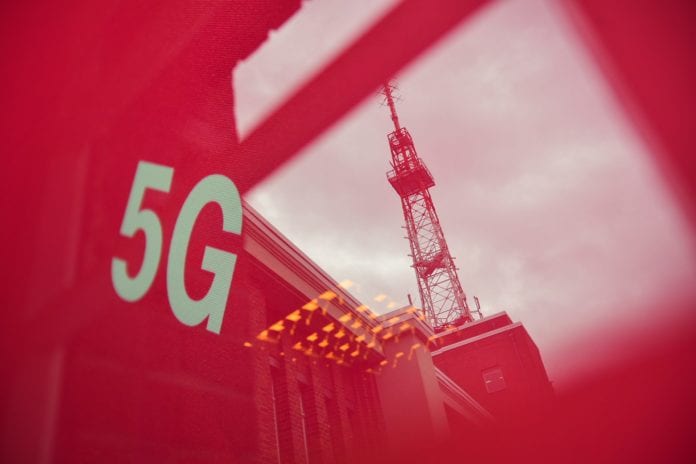German operator Deutsche Telekom has built up 5G capacities at 75 locations across Germany in the past eight weeks, the carrier said in a release.
Deutsche Telekom said it had implemented Dynamic Spectrum Sharing (DSS) to upgrade these LTE sites. In addition, the German operator has created additional LTE capacities at 173 locations.
The carrier noted that its 5G network currently reaches around 80% of the German population, while LTE population coverage is now 98.6%.
“We are pushing the pace with the expansion of mobile communications,” said Walter Goldenits, managing director of technology at Telekom Deutschland. “We currently have more than 32,000 locations in operation. In addition, we set up more than 1,500 new locations every year. Also, there are LTE and 5G expansions at thousands of existing locations. As part of our massive expansion activities, 5G will become the new standard in Telekom’s mobile network.
Deutsche Telekom had previously said that its technical teams have already upgraded a total of 45,000 antennas for 5G services during 2020.
The German telco expects its 5G network to reach 90% of the country’s population by the end of the year.
By the end of March, more than 66 million people in around 5,000 towns and cities across Germany will be able to use the telco’s 5G network. Over 50,000 5G antennas are already transmitting with 5G across Germany.
Deutsche Telekom is using multiple frequencies for its 5G expansion. The focus is on the 2.1 GHz and 3.6 GHz frequency bands. At the end of March, 5G was expected to be available in 30 cities on the 3.6 GHz frequency following the deployment of nearly 1,000 antennas in Aachen, Augsburg, Berlin, Bonn, Braunschweig, Bremen, Darmstadt, Dortmund, Duisburg, Düsseldorf, Essen, Frankfurt/Main, Hamburg, Hanover, Jena, Kiel, Cologne, Leipzig, Ludwigsburg, Munich, Nuremberg, Saarbrücken, Schwerin, Stuttgart, Wiesbaden and Wolfsburg.
The primary 5G technology currently deployed in Germany is based on the 5G NonStandalone (5G NSA) network architecture, which means that current’s 5G offerings are still technically dependent on a simultaneously available LTE network. With 5G standalone, the infrastructure in the core network will also be fully upgraded to a new, cloud-based 5G architecture, the telco said.
The telco kicked off the rollout of its 5G network in a limited number of cities across Germany at the beginning of July 2019.
In February, Deutsche Telekom installed that first 5G standalone antenna in Garching, which is near Munich, to carry out trials of this technology. Deutsche Telecom connected the antenna to a 5G standalone core network via cloud infrastructure.
The German operator also noted that the infrastructure in the core network will also be fully upgraded to a new, cloud-based 5G architecture.

